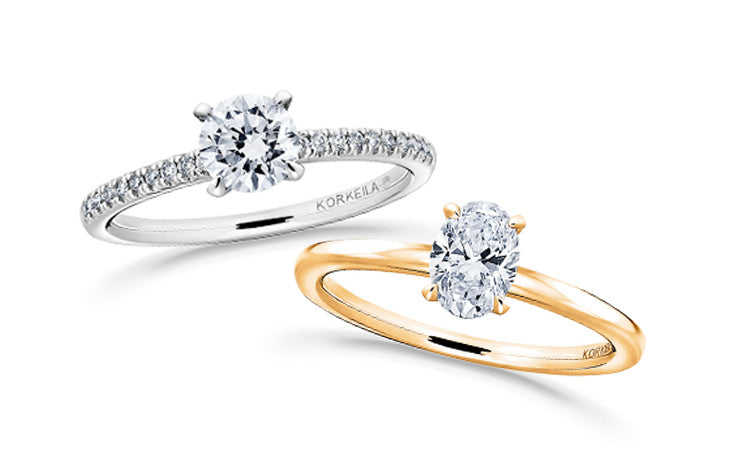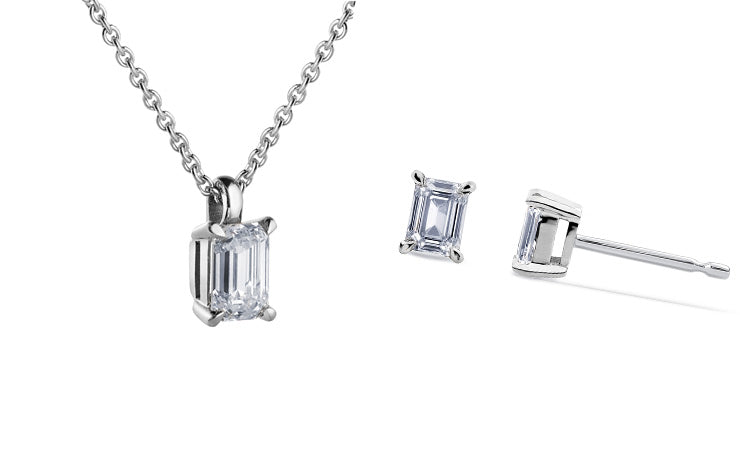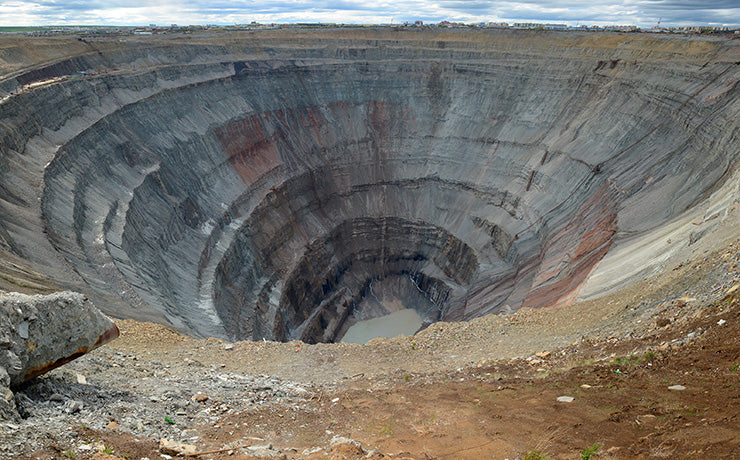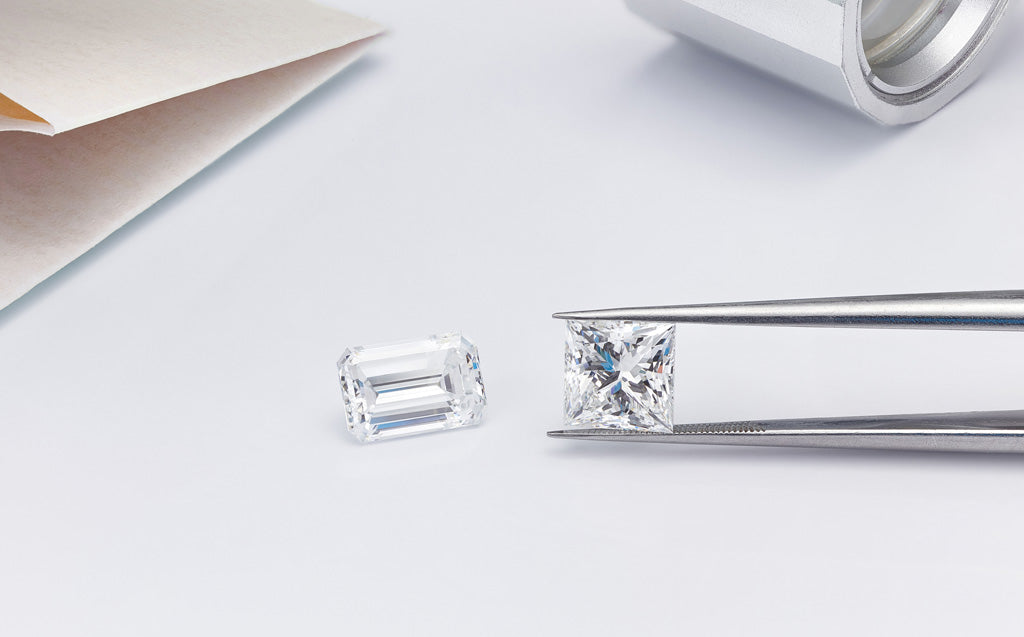The downside of diamond mining
DIAMOND MINING
Did you know that approximately 200–250 tons of earth is dug up to source a 1.0 ct gem-quality rough diamond? In addition to this, diamond mining in developing countries has strong ties to conflicts related to the illegal weapons trade, terrorism, unregulated working conditions and child labour.
CREATION AND MINING OF NATURAL DIAMONDS
Natural diamonds are formed over billions of years by enormous levels of heat and pressure at a depth of about 100 kilometres underground. Over time, through a certain type of volcanic eruption they move closer to the earth's surface, from where they are mined. Extracting rough diamonds from the earth's crust requires a huge amount of soil extraction, causing harm to the environment and its organisms.

LAB-GROWN DIAMONDS ARE THE ONLY ETHICAL DIAMONDS
Kimberley Process
At present, it can be said that lab-grown diamonds are the most ethical diamond choice available. Even the international Kimberley Process agreement does not guarantee the ethics of diamonds mined from nature. The Kimberley Process agreement of 2003 was intended to prevent conflict diamonds from mines from entering the market. Unfortunately, to this day, the process merely traces the diamond supply chain and has failed to take into account the cost of these diamonds to human rights and the environment. The Kimberley Process does not control or comment on issues such as workers' rights and conditions at mines, violations of human rights or whether the diamonds are used to finance weapons and violent use of power. Thus, it does not guarantee a conflict-free diamond for the customer.







